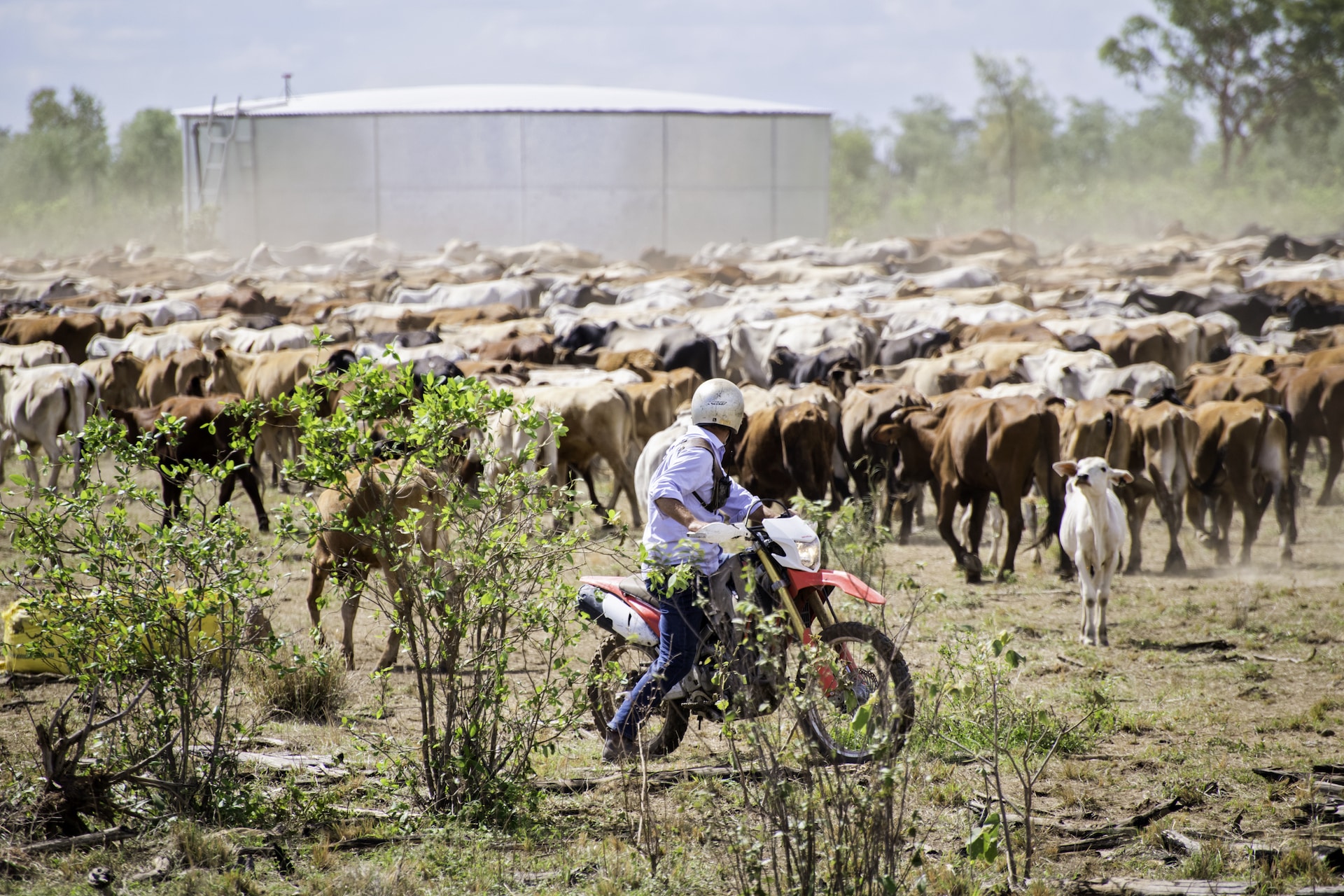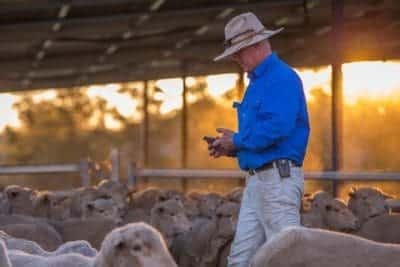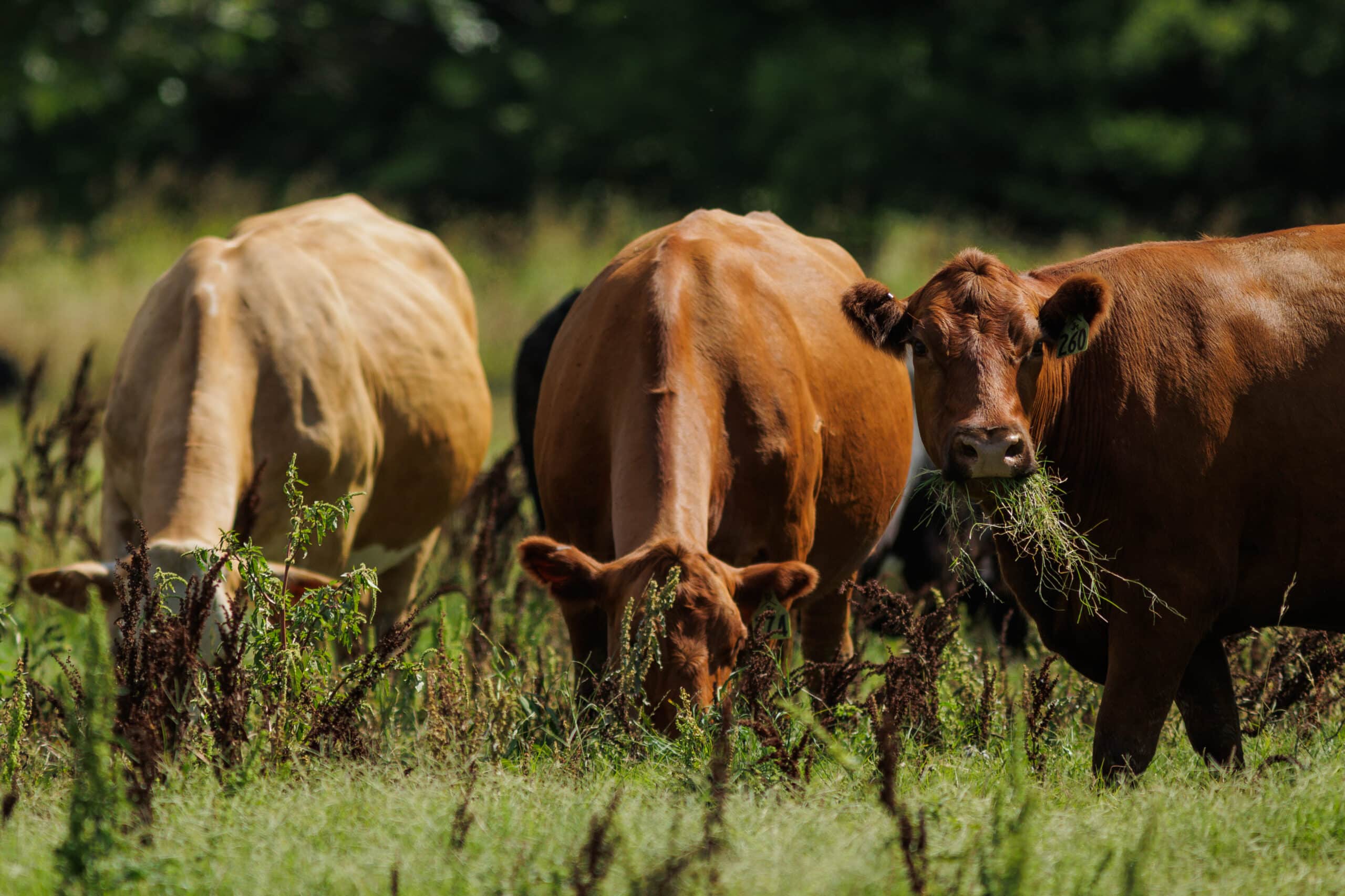Opinion: If not ELMS or BPS, What Then?
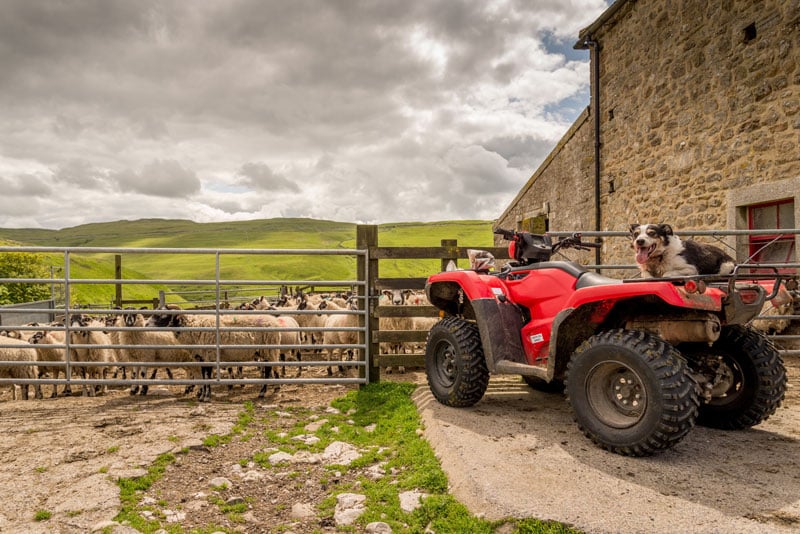
Amongst the political uncertainty in the UK over the last few months, there has been speculation that DEFRA was considering scrapping its Environmental Land Management Scheme (ELMS). This sparked an angry response from some of the UK’s biggest green groups as well as farmers. The reports were that Defra was considering a return to old-style farm subsidies, paid per hectare while ditching the new and revolutionary Environmental Land Management (ELM) schemes for England. Despite these rumours, Defra strongly denied that it is planning to water down or scrap the Environmental Land Management (ELM).
“We’re not scrapping the schemes. In light of the pressures farmers are facing as a result of the current global economic situation, including spikes in input costs, it’s only right that we look at how best to deliver the schemes to see where and how improvements can be made.”
A recent survey of farmers across the UK found that many are holding off on investing to modernise their farms due to uncertainty over new post-Brexit farm support. In Scotland, farmers are calling for more details of Scottish government proposals. With uncertainty around how farm support might work, what could the future look like, and what might be a realistic solution? There is no simple answer of course, as agriculture is a devolved issue, and different priorities are emerging across the UK.
England and ELMS
The purpose of ELMS is to replace the EU’s Common Agricultural Policy (CAP) in England. It is the most momentous change to farming policy in over 50 years. ELM is 3 new schemes that will reward environmental land management:
- Sustainable Farming Incentive
- Local Nature Recovery
- Landscape Recovery
These schemes are intended to support the rural economy while achieving the goals of the 25-Year plan and a commitment to net zero emissions by 2050. Piloting of the ELM schemes was due to start in 2022 before launch in 2024. Through these schemes, farmers and other land managers may enter into agreements to be paid for the following ‘public goods’:
- Clean and plentiful water;
- Clean air;
- Thriving plants and wildlife;
- Protection from environmental hazards;
- Reduction of and adaptation to climate change;
- Beauty, heritage, and engagement with the environment.
Sustainable Farming Incentive
The Sustainable Farming Incentive scheme will pay farmers to manage their land in an environmentally sustainable way. SFI is a set of standards based on a feature like hedgerows or grassland. Farmers receive payment for completing the actions within the standard, and farmers decide which standards apply.
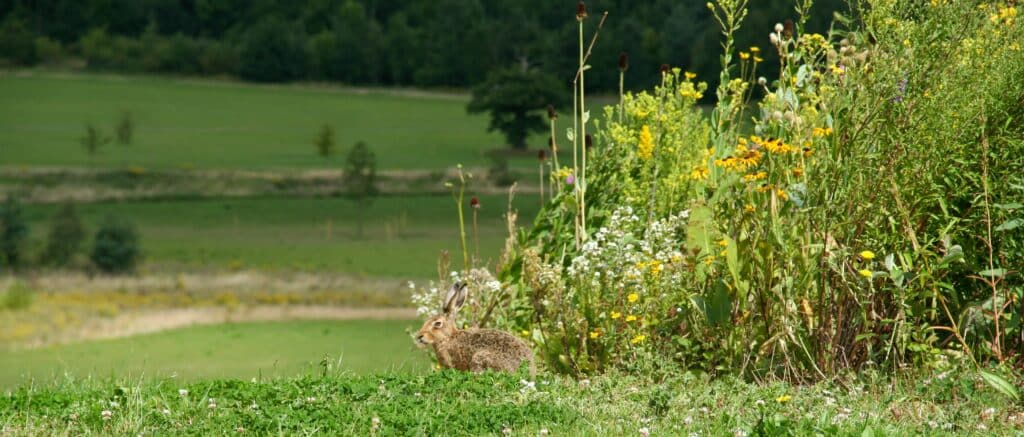
Local Nature Recovery
The Local Nature Recovery scheme will pay to support local nature recovery and meet local environmental priorities. The scheme will encourage collaboration between farmers, helping them work together to improve their local environment.
Landscape Recovery Subsidy
The Landscape Recovery scheme will support landscape and ecosystem recovery through long-term projects, such as:
- Restoring wilder landscapes in places where it is appropriate;
- Large-scale tree planting;
- Peatland and salt marsh restoration.
Northern Ireland
Proposals for future farm support in Northern Ireland were set out in March 2022. The Northern Irish proposals include a Farm Sustainability Payment. This will provide a basic safety net but will be set at a level which does not blunt innovation or productivity. However, over time its budget will reduce, and funding diverted to other measures.
Scotland
The new Scottish agriculture bill aims to align farm policy broadly with the aims of the CAP. The bill will enable payments under four different tiers. Tiers 1 and 2 would sit under the umbrella of direct payments. These would be available to everyone eligible to claim them, to give farmers security of income. Tiers 3 and 4 would be indirect payments and would feature an element of competitiveness. Tier 3 would require farmers to deliver some targeted measures for nature restoration, support for innovation and the supply chain. Tier 4 would be more specialised in that it would provide payments for advisory services, delivery of continuous professional development, support for tree planting and woodland management, peatland restoration etc. The consultation also stated that there could be ‘voluntary coupled support for the beef and sheep sectors.
Wales
The Welsh Government published details of its draft Sustainable Farming Scheme (SFS) in July 2022. Based on the principle of Sustainable Land Management, the SFS would reward farmers for actions to address nature and climate emergencies, alongside sustainable food production.
All four proposals contain positives such as greater emphasis on public money for public goods and calls for training and knowledge transfer support. A key downside is that negative is that food security and rural development objectives are downplayed (Gravey V. Northern Ireland agriculture after Brexit: Policy development in the absence of government. Sustainable Food Trust. 2019).. There is a need to strike a better balance between food security, maintaining a healthy rural economy, and protecting the wider environment and the countryside. We can achieve this through the wider adoption of sustainable agricultural practices, protecting natural capital and a continued transition to net zero food production.
So, what now for subsidies or ELMS?
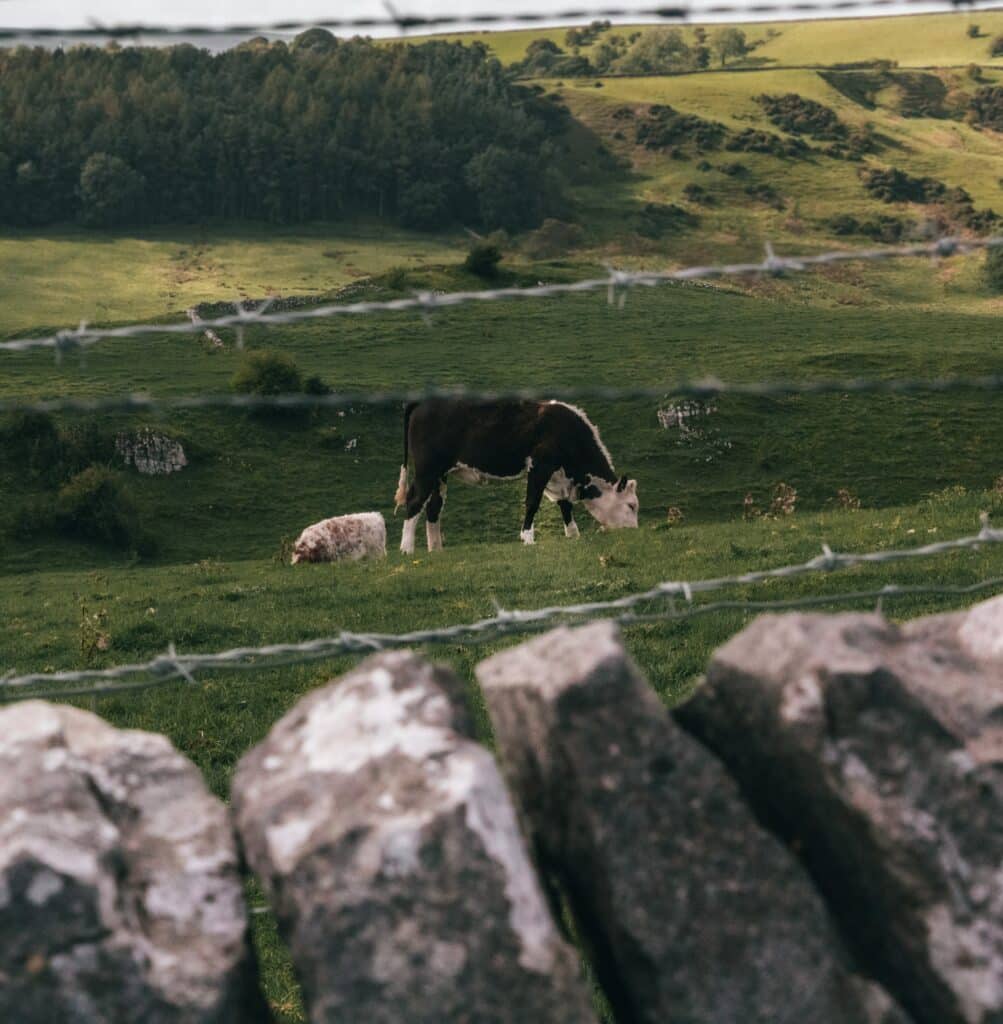
The UK Government is right to start to take food security more seriously alongside wider aspects of carbon net-zero, biodiversity, natural capital, and rural community justice (levelling-up). A reassessment of ELMS and how to phase out BPS is apparent in England from various bodies. Rather than a return to the support subsidy systems of the past, that protected and rewarded land holding rather than sustainable farming innovation and adaptation.
ELMS has its critics and may not have the immediate desired impact in supporting farmers to maintain food production and protect the environment. However, the return to a simple area payment, with no plans to support natural capital and ecosystem services, would deny the agricultural sector the opportunity to modernise, increase productivity and achieve its net-zero potential.
Six years after the Brexit vote there is still uncertainty around the direction of farm policy across the UK. There will certainly be greater emphasis on public money for public goods in the future. However, the Russia-Ukraine war and the cost-of-living crisis have refocused attention on food production. Therefore, it is as important as ever for farmers to look at their businesses and plan ahead, irrespective of government subsidies or otherwise.
Is your farm business ready for change?
AgriWebb can help you with a baseline and track farm profitability strategies. Find out more here.
